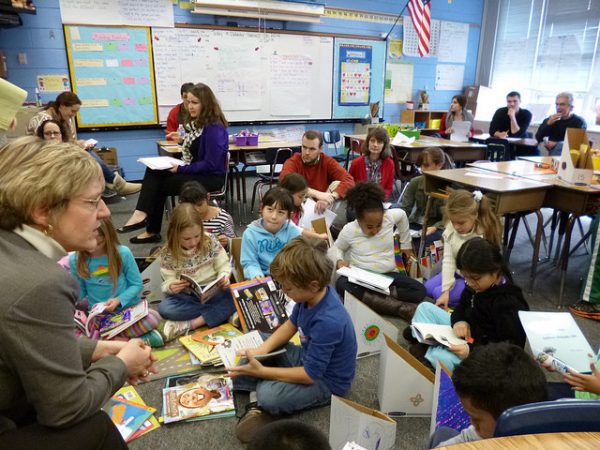
Racism is not always obvious. It can be hidden in coded political speech or biases towards an ethnic or racial group’s cultural practices and behaviors. Even schools are not immune to this coded language. Recent research by Melanie Jones Gast demonstrates how both teachers and students explain Black students’ poor academic achievement and behavioral problems by blaming their neighborhoods, socioeconomic class, and culture.
Gast used in-depth interviews of 44 self-identified Black students and 14 teachers — both White and Black — at an ethnically and racially diverse California high school. Students were separated into three groups, two “working class” and one “middle class,” with most students falling into the working class groups. Working class students primarily lived in or near urban centers and had parents with high school diplomas or some college, and typically worked in manual labor jobs. Middle class students had at least one parent with higher education and a professional career, and lived near the urban center or in the suburbs. Students in the study were also grouped by enrollment in Honors classes. Interview questions with students and teachers covered topics such as factors related to academic success, ideal teacher-student relations, definitions of “good,” “bad,” “successful,” and “unsuccessful” students, and perceptions of the school, its teachers, and its students.
Teachers often dismissed race as an issue that affected academic achievement of Black students, focusing instead on how cultural norms, family values, poverty, and neighborhood dynamics caused students to underperform or misbehave in school. Black, middle class students in Honors classes and some working class students echoed these teachers’ sentiments. They associated negative academic outcomes for Black students living in the inner city with gang activity and drugs. Black students in Honors classes often stated that they had good relations with their teachers and thought they could be successful in the classroom independent of their race. On the other hand, working class Black students often felt they could not voice criticisms against teachers when they believed the teachers mistreated them because of their race. This was especially the case when Black students interpreted teachers’ behaviors as preferential treatment toward White students.
The ways teachers and some students explain the poor academic achievement and behavior problems of some Black students — by blaming Black students’ economic situation, culture, and neighborhood — only perpetuates racial stereotypes. Such language and behavior has the power to maintain, and perhaps exacerbate, the racial achievement gap.

Comments